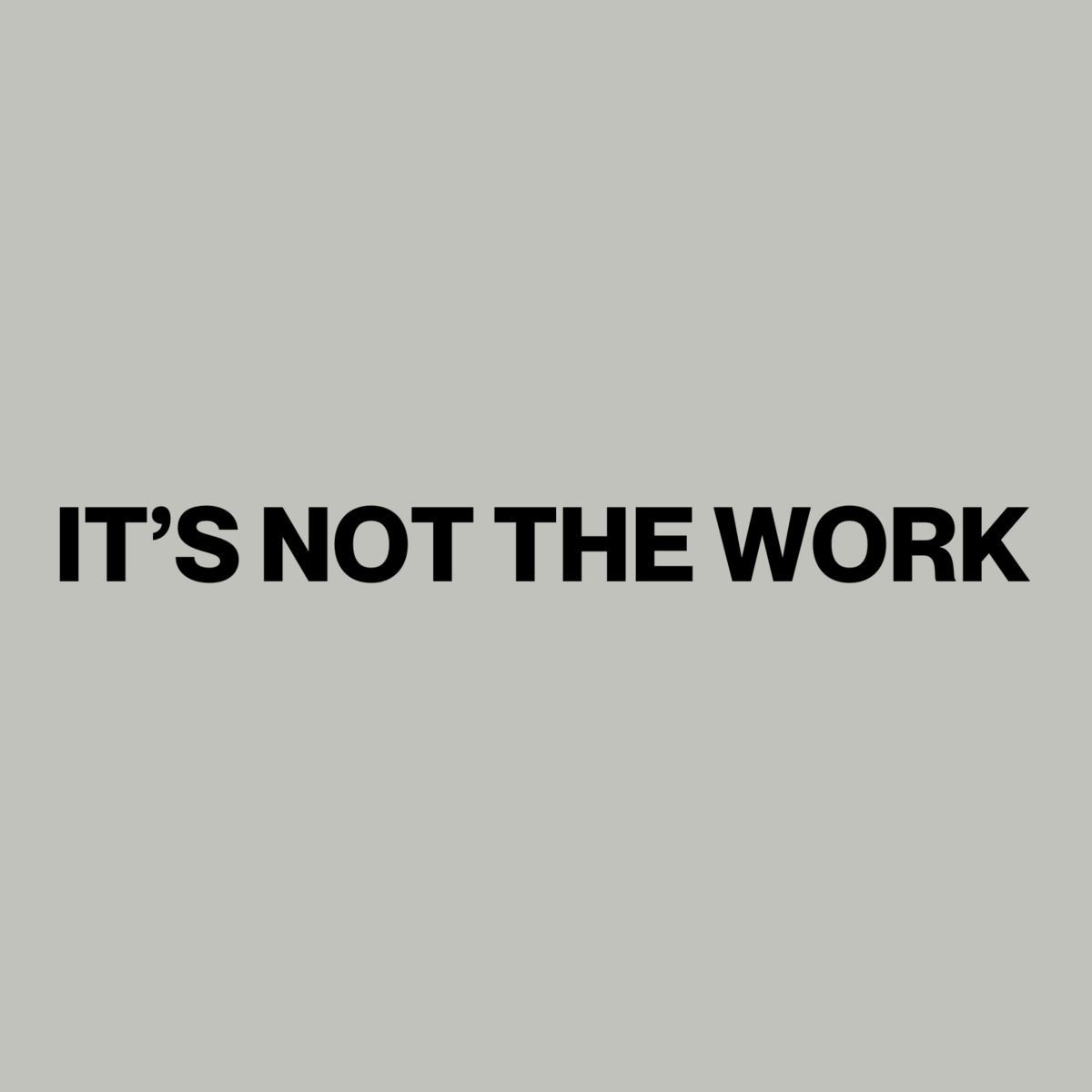Hi, I’m Nithya Sudhir. I collect words, chase patterns, and write about whatever makes me curious.
Someone forwarded this? 💌Subscribe to get it fresh, every Tuesday.
Missed an issue? 💬Catch up on past essays.
Curious what else we’re building? 💡Insane Media lives here.
Want your campaign in front of our users? 📌Reach out here.
Looking to join the convo? 📲Follow along on Instagram.
From inside-out skincare to spooky sets: Bundling at work
Martha Stewart just launched her first skincare line, Elm Biosciences.
And we don’t get a hero product, we get two: the A30 Elemental Serum (~$135) for external repair and the Inner Dose Daily Supplement (~$50) for internal balance.
But here’s the real play — Elm doesn’t want you to choose.
It positions both as the Dual Pathway Skin System, complete with a CTA that reads: “Get the System.”
It’s Monday again and I’m here to tell you why this works!
So, the serum is well a serum, and the supplement is a supplement — nothing none of us wouldn’t have tired at some point of time.
But Elm biosciences has put them side by side and created a ‘system’ — and suddenly it feels like the obvious choice.
Why settle for half a solution when you can have the whole package?
🤝 Supported by Chargeflow
Fraud doesn’t stop at checkout – it strikes after payment, costing brands millions in disputes, wasted shipping, and lost trust.
That’s why we built Chargeflow Prevent, the first AI-powered, post-purchase fraud solution. Prevent flags risky orders in real time, cutting disputes by 90% with <0.1% false positives.
Trusted by 15K+ merchants and securing $5B+ GMV annually, it gives decision-makers the confidence to scale without fear of hidden fraud.
👉 First 1,000 transactions are free. No contracts. No setup fees.
Why a set feels smarter than the sum
What they are trying to make their consumers experience is called the bundling effect.
In marketing and behavioural economics, the bundling effect refers to the phenomenon where consumers perceive greater value or utility when multiple products or services are offered together as a bundle — often at a discounted price — compared to buying those items separately.
Bundled offers increased purchase likelihood by up to 35% compared to the same items sold individually.
Clearly, consumers respond well to that “completeness” or “package”.
What’s more interesting is that shoppers find that bundles are treated as separate products (distinct from component products) by consumers.
Behavioral economists Nicolau & Sellers call this the one-click effect.
Which means, when multiple products are bought in one transaction, people are more willing to pay more for it than they would if buying items separately.
So Elm isn’t just selling products — it’s selling relief from decision fatigue.
And in a market where over [60% of consumers say they prefer buying curated sets over singles](https://www.mckinsey.com/~/media/mckinsey/industries/consumer packaged goods/our insights/state of beauty/2025/the-state-of-fashion-beauty-june-2025-f.pdf?), Elm makes the “yes” feel inevitable.
This month’s bundle-worthy news
Their travel set uses this product bundling strategy and was sold at cheaper prices in this sale!
Beauty Creations just launched their Goosebumps Collection for the Halloween season. Can’t decide on a singular product? You can get the full collection for just $67.
Lush's new collection, Countdown to Halloween is here, and it's loaded with limited-edition, festive bath and body-care items.
Revolve’s Beauty Advent Calendars are offering 25 Days of Beauty ($840+ value) and a 12 Days of Beauty worth $320+ and more!
The Fine Print: Bundling Bias
Behavioral economics shows that people gravitate toward anything that feels like a deal.
Bundles exploit this instinct by creating the impression of “more for less”.
But wait, here’s the catch: bundles only work if people actually use what’s inside.
Behavioral researchers call this the bundling bias — our tendency to overvalue a package at checkout, but under-consume it later.
Think of the beauty advent calendar with unopened doors, or the city pass where two attractions go unvisited.
In those cases, the bundle isn’t a deal at all — it’s higher cost per use and, worse, a hit to brand trust.
The CMO Playbook: Designing Bundles that Last
Bundles aren’t about stuffing more into a box.
They’re about reducing friction, reframing value, and creating outcomes customers actually use.
Here are 5 ways to do just that:
Frame the bundle around a customer outcome, not a category mash-up.
Show individual prices first, then make the bundle feel like generosity.
Collapse the clicks. The one-click effect lowers price pain and drives bigger carts.
Signal quality. Pair complementary items to reassure partially informed shoppers.
Audit usage, not just revenue: If customers consistently underuse bundled items, you’re padding baskets, not building loyalty.
How's the depth of today's edition?
As always, hit reply if something in here hits home.
See you next week,
Nithya
P.S. If you want to get a case study about your own brand, reply to this email. If you’d like to reach our newsletter audience (founders, creators, and marketers), click the button below.
If you’re new here, I’m over the moon you’ve joined us! To help me craft content that’s actually useful (and not just noise in your inbox), I’d love it if you took 1 minute to answer this quick survey below. Your insights help shape everything I write.
Insane Media is more than one voice
💡 Dive into our other newsletters - where psychology meets the founders, creator economy, Human resources and AI trends.
<img src='https://www.vpdae.com/open/4abb955f.gif?opens=1' width='1' height='1'>





